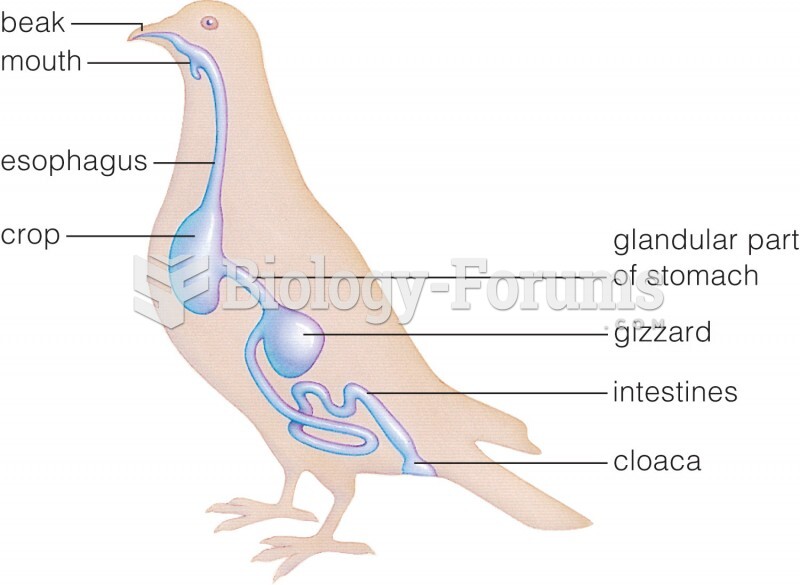Answer to Question 1
These results could indicate osteoporosis, which is a decrease in bone density at a level that can be
diagnosed by conventional x-rays. In this case, the patient reports pain in the area at the bottom of
her shoulder blades; the pain is caused by the collapsed vertebra. Note that bone loss is not detected
by conventional x-rays until bone loss is in the 25 to 40 range. Many patients do not realize they
have osteoporosis until a bone fracture occurs.
The risk factors for osteoporosis are:
Cigarette smoking
Female gender
White or Asian ethnicity
Lack of adequate exercise
Lifelong insufficient calcium and vitamin D intake
Low body weight (less than 128 pounds)
Postmenopausal status (estrogen deficiency)
Alcoholism
History of fractures in a first-degree relative
Advanced age (65 years and older in women; older than age 75 in men)
Long-term use of specific medications that can lead to loss of bone density, such as glucocorticoids
and certain antiepileptic drugs
Cigarette smoking, female gender, low body weight, white or Asian ethnicity, lack of adequate
exercise, postmenopausal status, advanced age
Answer to Question 2
The nursing priority right now is to improve B.T.'s respiratory status.
Administer respiratory medications as prescribed.
Maintain oxygen therapy.
Frequently measure vital signs with continuous pulse oximetry and ECG monitoring.
Perform respiratory assessment, auscultating lung sounds and observing chest movements, at
least every hour.
Maintain IV therapy.
Place him in a minimum of a semi-Fowler's position.
Coach B.T. in relaxation and breathing techniques.
Respiratory failure.
Breathlessness at rest
Muteness
Respiratory rate greater than 30 breaths/min
Paradoxical thoracoabdominal movement
Few or absent breath sounds
Relative bradycardia
Absent pulsus paradoxus
Whenever a beta agonist (Alupent) is prescribed, the beta agonist is always administered first, with
a 5-minute wait before administration of the second drug. Therefore the fluticasone (Flovent) should
be given 5 minutes after the albuterol (Ventolin). Do not administer separate aerosols in rapid
sequence because there is the possibility of inducing fluorocarbon toxicity, and there is a decreased
effectiveness of both drugs.
Major nursing responsibilities during aerosol therapy are to assess the effectiveness of the
treatment, the patient's tolerance of the procedure, and the patient's ability to perform the
procedure and to use equipment correctly. Assess breath sounds, work of breathing, and pulse
oximetry readings and heart rate before and after treatments. After breathing treatments, you need
to assist the patient with performing oral hygiene.







